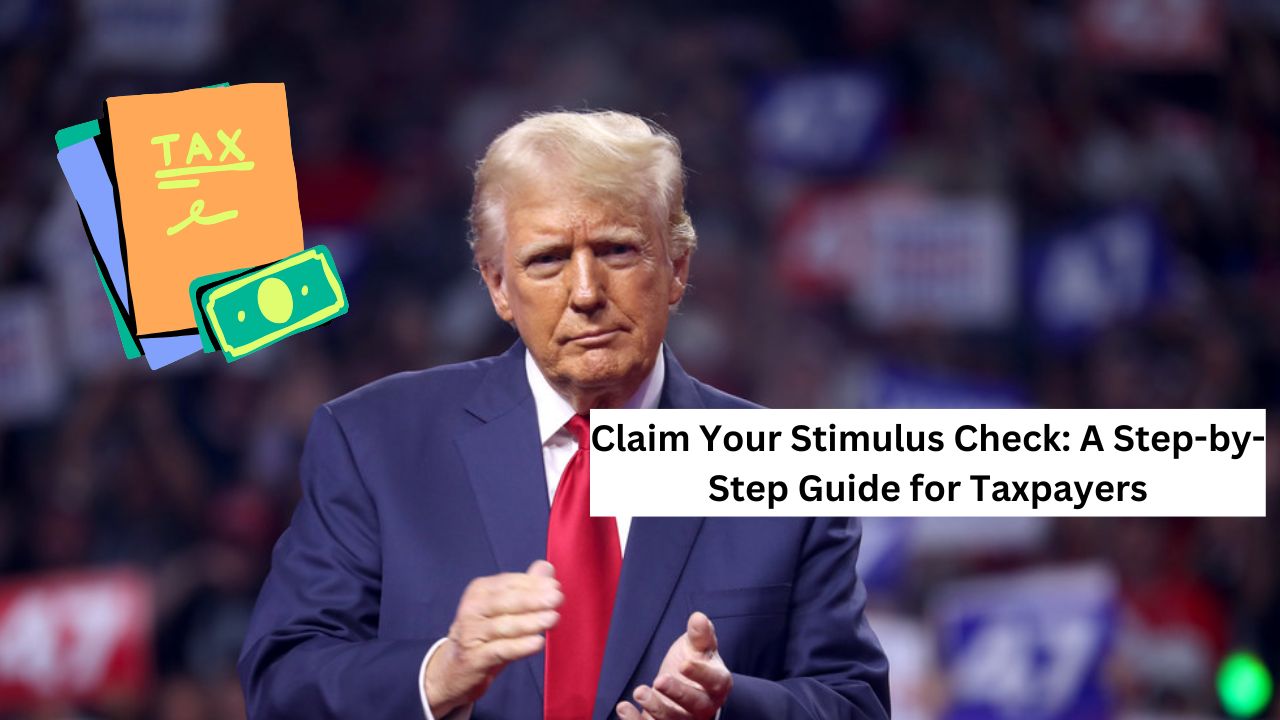The stimulus checks provided by the government have been a financial lifeline for millions of taxpayers. Whether you’re unsure of your eligibility or simply want to ensure you’ve followed the proper steps, this guide will walk you through the process of claiming your stimulus check. Let’s dive in!
Step 1: Determine Your Eligibility
The first step in claiming your stimulus check is confirming that you meet the eligibility requirements. Here are the key factors:
- Income Limits: Eligibility often depends on your adjusted gross income (AGI). Typically, single filers with an AGI up to $75,000 and joint filers with an AGI up to $150,000 qualify for the full payment. Partial payments may be available for higher earners.
- Tax Filing Status: Ensure you’ve filed your most recent tax return. The IRS uses this information to calculate your eligibility.
- Social Security Number (SSN): You must have a valid SSN to qualify.
Pro Tip: If you didn’t file a tax return recently but earned below the income threshold, you might still qualify. Use the IRS’s Non-Filer Tool to submit your information.
Step 2: Use the IRS Tool to Track Your Payment
To find out the status of your stimulus check, visit the IRS’s “Get My Payment” tool. Here’s how:
- Go to IRS Get My Payment Tool.
- Enter your Social Security Number, date of birth, and address.
- Review the status of your payment—it will show whether it’s been processed or scheduled.
Step 3: Update Your Payment Information
If you’ve changed your bank account recently or need to update your payment method, here’s what to do:
- Direct Deposit: The IRS uses the account information from your last tax return. Ensure this is accurate to avoid delays.
- Paper Check or Debit Card: If direct deposit isn’t possible, the IRS will mail your payment.
Caution: The IRS will never contact you by phone, email, or text to request your personal or banking details. Beware of scams.
Step 4: Fix Common Issues
If you encounter problems, don’t worry. Here’s how to resolve some common challenges:
- Missing Payment: Double-check your eligibility and use the IRS tool to confirm the status. If the payment is lost or stolen, you can request a payment trace.
- Incorrect Amount: If you believe the payment amount is wrong, you can claim the difference as a Recovery Rebate Credit on your tax return.
- Non-Filers: If you didn’t file taxes but qualify, use the Non-Filer Tool to provide your information.
Step 5: Claim Your Payment on Your Tax Return
If you didn’t receive your stimulus check or got less than you should have, you can claim it as a Recovery Rebate Credit. Here’s how:
- Gather all documentation, including your Notice 1444, which shows what you were paid.
- File your tax return electronically for faster processing.
- Use tax software or consult a professional to ensure your return is accurate.
Frequently Asked Questions
Q: What if I’m not required to file taxes?
A: You can use the IRS Non-Filer Tool to submit your information and claim your payment.
Q: How long does it take to get my stimulus check?
A: Direct deposit payments usually arrive faster, often within a few weeks. Paper checks may take longer.
Q: Are stimulus payments taxable?
A: No, stimulus checks are not considered taxable income.
Final Thoughts
Getting your stimulus check doesn’t have to be complicated. By following these steps and staying informed, you can ensure you receive the financial support you’re entitled to. If you face challenges or have questions, consult the IRS website or reach out to a tax professional.
Take action today to claim your payment and secure the financial relief you deserve!
